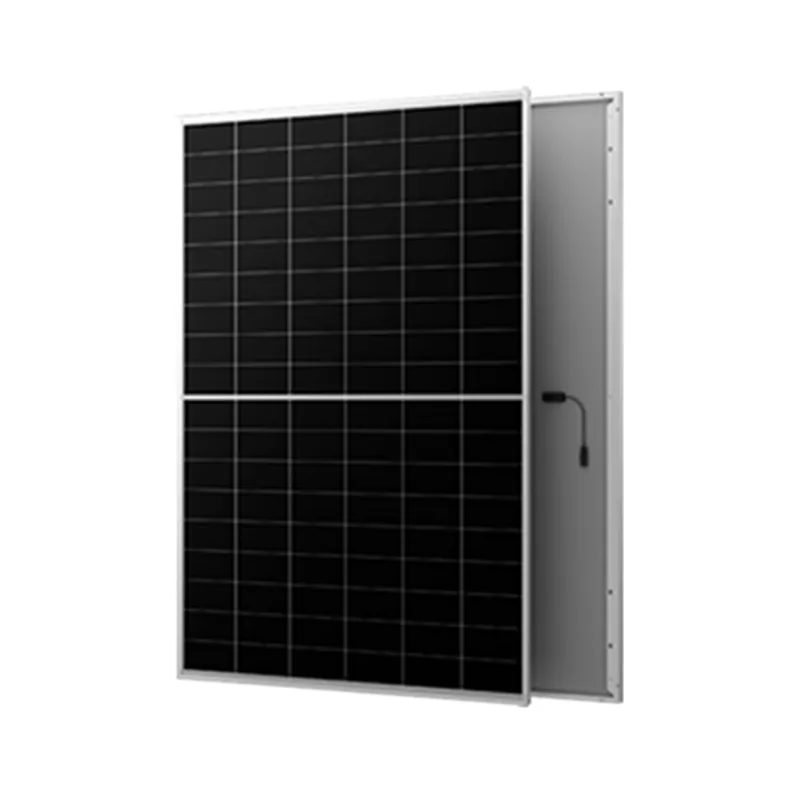Typical Efficiency of Solar Panels and Their Energy Production Capabilities
Understanding Average Solar Panel Output
As the global push toward renewable energy intensifies, solar energy has emerged as a prominent and viable option for sustainable power generation. Understanding the average solar panel output is crucial for both homeowners and businesses interested in adopting solar technology. This article explores the factors influencing solar panel output, the average production rates, and the benefits of harnessing solar energy.
What is Solar Panel Output?
Solar panel output refers to the amount of electricity produced by a solar panel under specific conditions. This output is usually measured in watts (W) or kilowatts (kW), which indicates the power produced at any given moment. The output can vary significantly based on several factors, including the type of solar panel, the angle and orientation of the panels, and environmental conditions such as sunlight intensity, temperature, and shading.
Factors Influencing Solar Panel Output
Several factors contribute to the average output of solar panels
1. Panel Type There are primarily three types of solar panels monocrystalline, polycrystalline, and thin-film. Monocrystalline panels are known for their high efficiency and output, typically producing 15-22% of their rated capacity. Polycrystalline panels are slightly less efficient but are often more cost-effective. Thin-film panels have lower efficiency rates but can be more versatile in their application.
2. Location and Sunlight Exposure The geographical location plays a critical role in solar panel output. Areas with high sunlight exposure, such as deserts or regions with minimal cloud cover, are likely to yield higher output. Conversely, locations with frequent rain or extended periods of cloudiness can experience significantly reduced output.
3. Angle and Orientation The angle at which solar panels are installed can affect their efficiency. Ideally, panels should be oriented directly towards the sun to maximize exposure. In general, a tilt angle that corresponds to the latitude of the installation site often produces optimal results.
4. Temperature Solar panels can be affected by temperature. While sunlight increases output, extreme heat can reduce efficiency. Most solar panels are tested at 25°C (77°F), and their output rating reflects this ideal temperature. Higher temperatures can lead to a drop in performance, meaning it’s essential to consider cooling methods in hotter climates.
average solar panel output

5. Shading and Obstructions Trees, buildings, or any objects that cast shadows on solar panels can significantly decrease output. It is advisable to conduct a shade analysis before installation to ensure optimal performance.
Average Output of Solar Panels
The typical output of a solar panel system depends on its size and the number of panels installed. A standard residential solar panel ranges from 250W to 400W. In optimal conditions, a system of 10 panels (approximately 300W each) could produce around 3,000W or 3 kW.
On an annual basis, the average solar panel installed in the United States can produce between 300 to 450 kWh per year per installed kW, depending on the region's sunlight exposure. This translates to significant energy savings for homeowners and businesses, potentially leading to a decrease in reliance on fossil fuels.
Benefits of Solar Energy
The benefits of harnessing solar energy extend beyond just output and efficiency. Solar energy is clean, sustainable, and contributes to a reduction in greenhouse gas emissions. By tapping into solar power, individuals and businesses can significantly reduce their electricity bills and enhance energy independence.
Additionally, with government incentives and tax credits available in many regions, the initial investment can often be recouped in a relatively short period. Advancements in solar technology continue to improve efficiency and output, making solar energy an increasingly practical option for those seeking environmentally friendly energy solutions.
Conclusion
Understanding the average solar panel output and the factors influencing it is essential for successfully implementing solar energy solutions. With the growing awareness and commitment to renewable energy, solar panels offer an effective way to harness clean energy while achieving significant cost savings. By investing in solar technology, individuals and businesses can contribute to a more sustainable future, leading the way toward reduced carbon footprints and enhanced energy security for generations to come.
-
Understanding the Advantages of Solar String Inverters for Your Energy SystemNewsApr.29,2025
-
Choosing the Right PV Inverter: A Comprehensive GuideNewsApr.29,2025
-
The Future of Solar Power: Exploring Bifacial Solar PanelsNewsApr.29,2025
-
The Complete Guide to Solar Panels: Efficiency, Cost, And InstallationNewsApr.29,2025
-
The Best Options for Efficiency and Cost-EffectivenessNewsApr.29,2025
-
Harnessing the Power of Off-Grid Solar Inverters for Energy IndependenceNewsApr.29,2025







